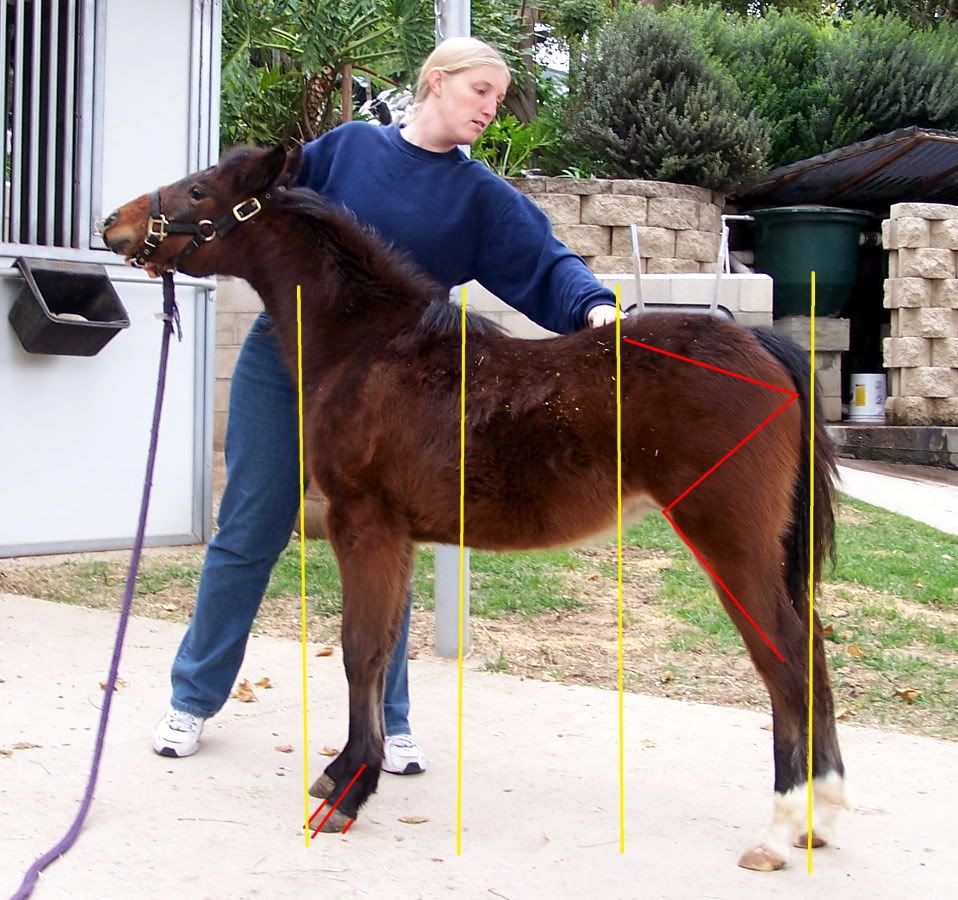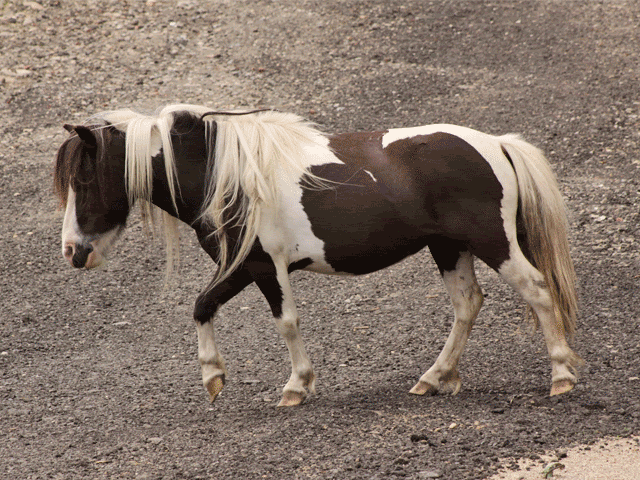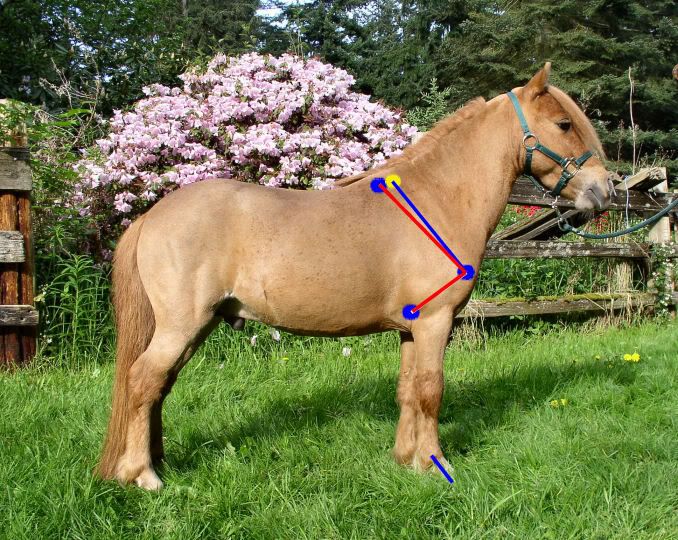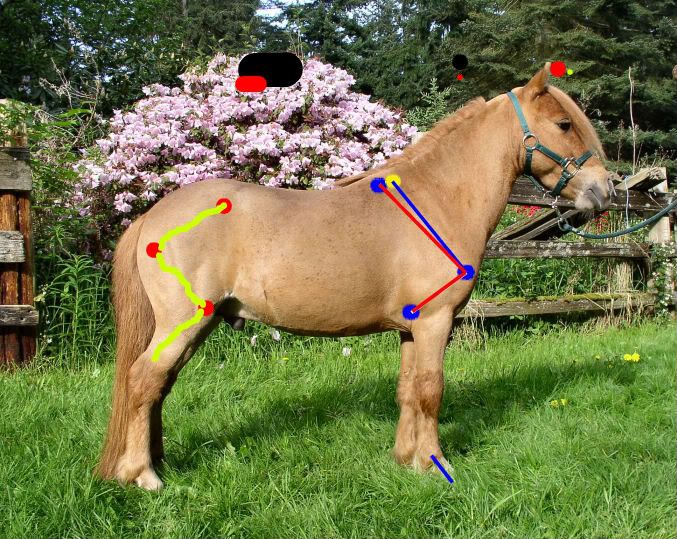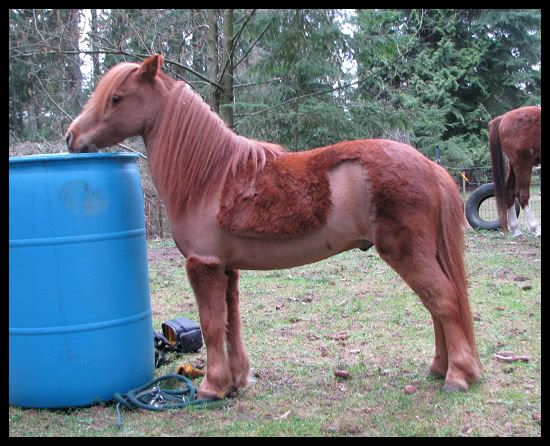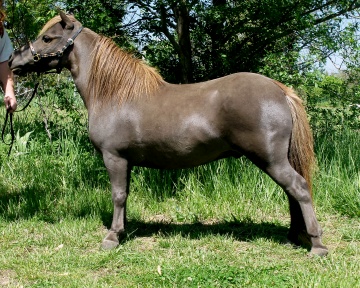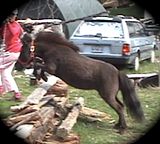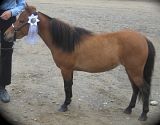To everyone,
Thank you so much for your input. I am really trying to "get it".
In looking at the pictures to determine how "straight the stifle" is you are looking at the hock and feeling the bone up to the hip to determine if it is straight or at an angle?
The more at an angle the long bone between the hock and hip is the better?
And the contributing factor is it the weak hip and/or lack of muscle in the hind quarters?
Also, is this hereditary? If a colt/filly is two and shows no signs (but mare or sire did have) is there a good chnace it will not appear?
Sherry
I think the weak hip- lack of muscle makes it worse, and strengthening the muscle will definatly help hold things in place... question is what exercises can you do to strengthen without harming the horse. Young horses usually dont have a lot of muscle because they are too young to start really exercising them. Its my oppinion that if this problem has not surfaced by 2 years old , most likely it wont, but there is always the exception. Walking up hills is a good way to strengthen the hind quarter without hurting the horse. If you have a pasture by all means let the horse out to roam , better if there is a hill in the pasture. Round pen is a no no, and same goes with jumping , sharp turns. It can be hereditary, but if its not showing at age 2 then I believe you are safe. If the dam -sire did have this problem then I would be asking the breeder why she was breeding this mare... it should be out of the breeding program. no ands ifs or buts.







